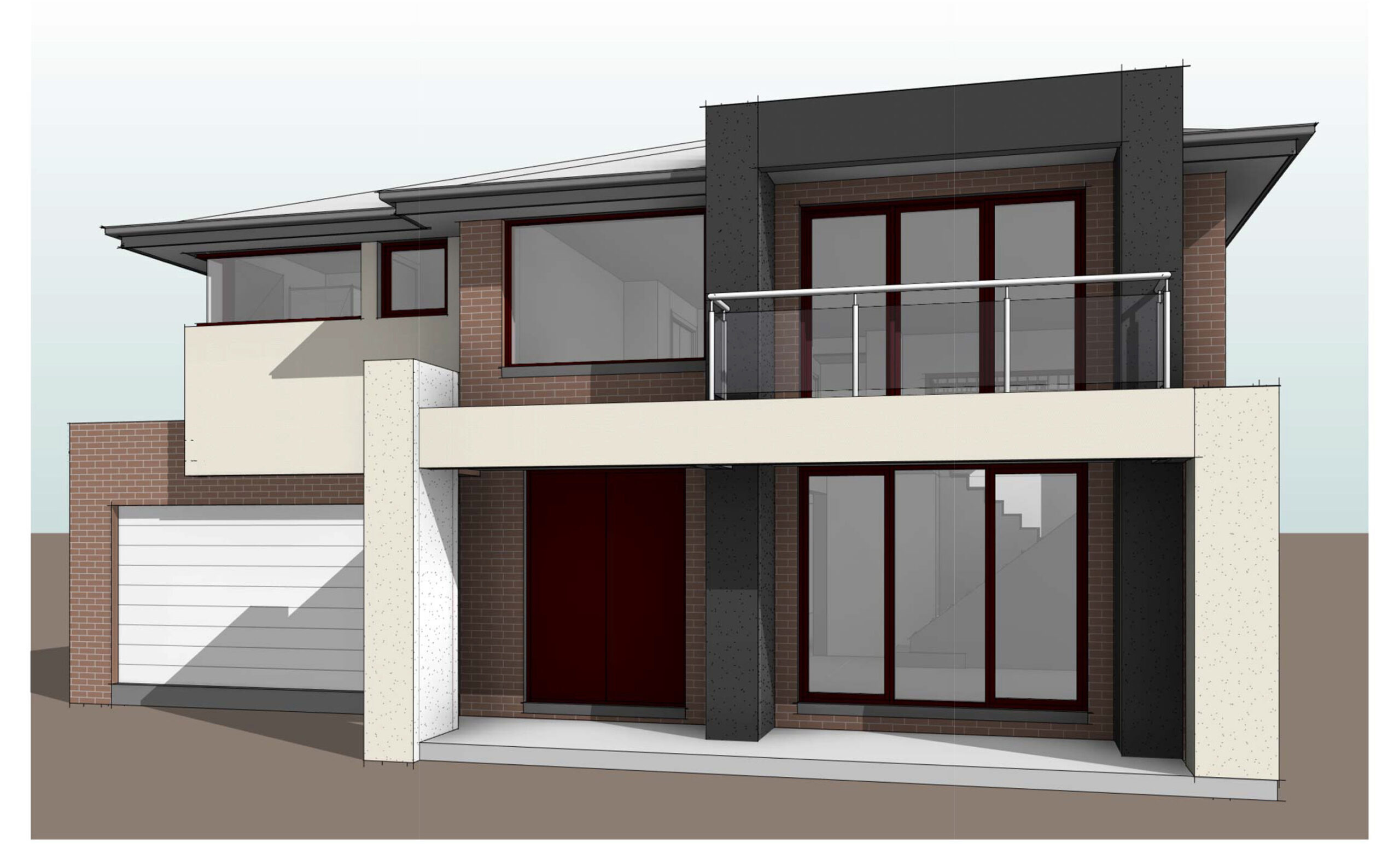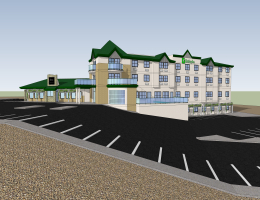Integrating BIM (Building Information Modeling) with 3D Modeling
Posted on : Nov 17, 2023
Introduction
In the dynamic landscape of architecture and construction, staying at the forefront of technological advancements is crucial. One such integration that has been gaining momentum is the fusion of Building Information Modelling (BIM) with 3D modelling. But what exactly does this mean, and how does it revolutionize the way projects are planned and executed?
Understanding BIM (Building Information Modelling)
BIM is more than just a buzzword in the construction industry. It’s a comprehensive approach that involves creating and managing digital representations of physical and functional characteristics of a project. This includes everything from design and construction to operation and maintenance. The significance lies in its ability to offer a holistic view of a project’s lifecycle.
Exploring 3D Modelling
On the other hand, 3D modelling has been a staple in various industries, from gaming to manufacturing. In architecture and construction, it provides a visual representation of structures, aiding in the design and presentation phases. But, when used in isolation, it may lack the depth and information that BIM can provide.
Challenges in Isolation
Using BIM or 3D modelling in isolation presents challenges. While BIM offers detailed information, it might not provide the visual appeal that stakeholders often seek. Conversely, relying solely on 3D modelling might result in a lack of critical data needed for efficient project management.
The Synergy: BIM and 3D Modelling Integration
The solution lies in integrating BIM with 3D modelling, creating a synergy that combines the detailed information from BIM with the visual representation of 3D modelling.
Improved Collaboration and Communication
One of the key advantages of this integration is the improvement in collaboration and communication among project stakeholders. With a shared platform that includes both detailed information and visual representation, teams can work more cohesively, reducing the chances of misunderstandings.
Efficiency in Design and Planning
The integration streamlines the design and planning process. Architects and engineers can work concurrently on the same platform, making real-time adjustments that consider both the functional aspects (from BIM) and the aesthetic elements (from 3D modelling).
Cost and Time Savings
The efficiency gained through integration often translates into cost and time savings. Projects can be completed more swiftly without compromising on quality, and budget overruns become less likely.
Training and Skill Enhancement
Adopting integrated BIM and 3D modelling requires a shift in the skill set of professionals. Training programs and resources are becoming increasingly available to ensure that the workforce is equipped to leverage these integrated tools effectively.
Overcoming Implementation Challenges
While the benefits are evident, there are challenges in implementing integrated solutions. These can range from software compatibility issues to resistance from traditional practices. Strategies to overcome these challenges involve thorough planning, training, and gradual implementation.
Future Trends and Innovations
As technology continues to evolve, the integration of BIM and 3D modelling is expected to follow suit. Trends such as augmented reality (AR) and virtual reality (VR) applications are likely to play a significant role in shaping the future of this integration.
Case Studies
Several successful projects have already demonstrated the positive outcomes of integrating BIM and 3D modelling. Case studies highlight how this approach has improved project outcomes, reduced errors, and enhanced collaboration.
Industry Adoption and Recognition
The construction and architecture industries are increasingly recognizing the benefits of integrated solutions. Pioneering companies that have successfully adopted and implemented BIM and 3D modelling integration are receiving recognition for their innovation and efficiency.
Conclusion
In conclusion, integrating BIM with 3D modelling is not just a technological trend; it’s a strategic move towards more efficient, collaborative, and cost-effective project management. The synergy between detailed information and visual representation addresses the limitations of using either approach in isolation.
FAQs
Is integrating BIM and 3D modeling suitable for small-scale projects?
Yes, the benefits of integration apply to projects of all sizes.
How does this integration affect project timelines?
Integration often leads to shorter project timelines due to improved collaboration and planning.
What training is available for professionals looking to adopt integrated solutions?
Many training programs offer comprehensive courses on BIM and 3D modelling integration.
Are there any notable challenges in implementing this approach?
Challenges include software compatibility and resistance to change, but strategic planning can overcome these hurdles.
What are the future trends in BIM and 3D modelling integration?
Trends include the incorporation of augmented reality (AR) and virtual reality (VR) applications for enhanced project visualization.




